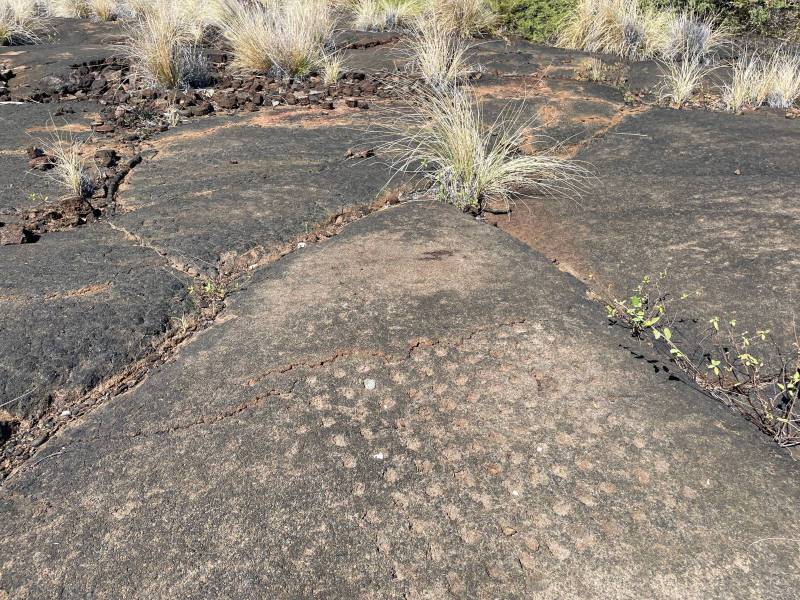With holiday cards and greetings beginning to circulate in this post-Thanksgiving (for Americans) time of year, you have probably seen both the phrase “Mele Kalikimaka” for Merry Christmas, and “Hauʻoli Makahiki Hou” for Happy New Year.
But — did you know that the Hawaiian calendar is a lunar one, with the start of the new year — the makahiki season — falling in early November when the Pleiades constellation, known in Hawaiian language as “Makaliʻi,” appears on the horizon at sunset? Technically we are already a couple of weeks into the new year!

The Hawaiian Moon Calendar is published each year in poster form by the Prince Kuhio Hawaiian Civic Club, and is available in bookstores and online.
Basics of the Hawaiian Calendar and the Start of Makahiki Season
The four seasons that are obvious in temperate climates make no sense in a tropical zone. Hence the Hawaiian calendar is traditionally divided into two seasons. We just left the hot or kau season and have entered into the wet or hoʻoilo season. The literal meaning of hoʻoilo would be to cause to sprout or germinate. The seasons are also associated with two of the Hawaiian deities, better thought of as natural forces. Makahiki season, the first few months of hoʻoilo, is dedicated to Lono and is traditionally a time of abundance, peace, and celebration – much like the harvest time and related festivals in the European calendar autumn season.

One of many kōnane boards chiseled into lava rock along the Ala Kahakai Trail near the boundary between Kona and Kohala districts, where neighboring villages would have met to compete in Makahiki games
You may be familiar with the Farmerʻs Almanac that has been published on the continental U.S. since 1818 (I looked it up — the original editor was a poet, astronomer and teacher). The Hawaiian Moon Calendar poster published each year by the Prince Kuhio Hawaiian Civic Club similarly focuses on the agricultural usefulness of the monthly and annual cycles, with the implications for both farming and fishing. Based in centuries of careful observation, perhaps the most familiar example to Hawaiʻi visitors (and resident beachgoers) is the correspondence between three nights of the half-full moon and the appearance of box jellyfish and man-of-war on our beaches.
Here are a couple of links to order your own copy of the Hawaiian Moon calendar: Native Intelligence or Na Mea Hawaiʻi. Besides watching how the weather patterns and my own garden validate the information on the calendar, I include the phase of the moon in my journal entries. Better than looking at the daily newspaper horoscope, if you are so inclined.
Lonoikamakahiki!




Leave your opinion here. Please be nice. Your Email address will be kept private, this form is secure and we never spam you.